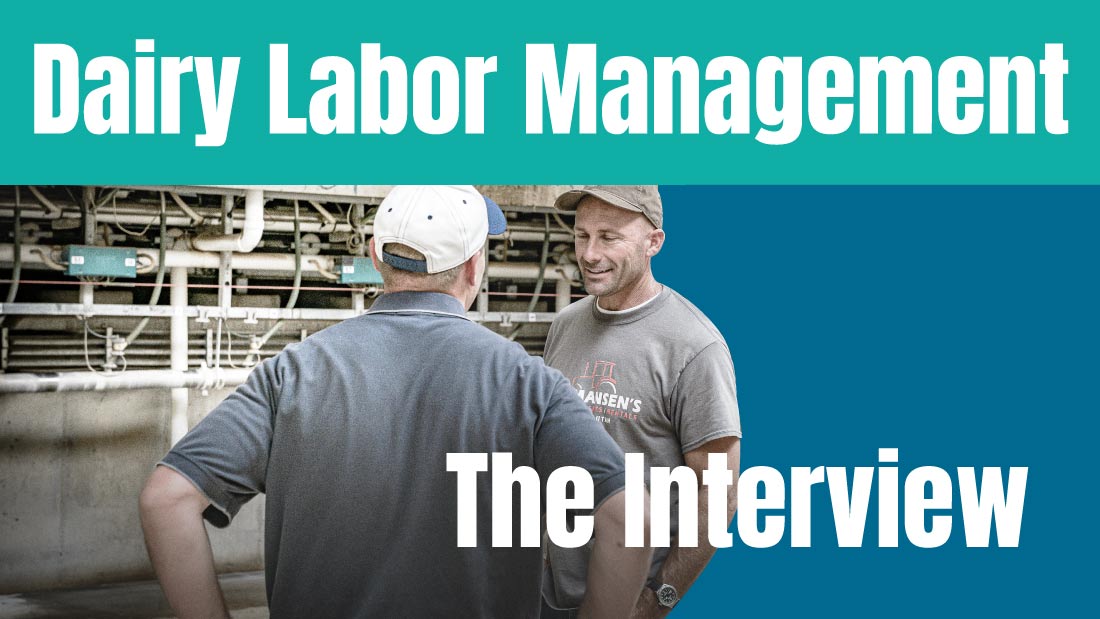Most financial statements identify feed followed by labor as the items that cost the most on a dairy. Taxes, wages, and benefits are included in the financial definition for labor; however, I rarely see training and training time included.
To me the investment of time and training raises the value of an employee, especially those that have been with the dairy for a long period of time. The downside of employee longevity is the lack of compliancy and bad habits that can occur over time.
To change and motivate people is one of the biggest opportunities for most dairies. But in the name of progress, be aware that traditions that worked in the past may not work in today’s age. As a consultant, I am called to turn a dairy around which may include changing traditions. One of the first things I do is interview all of the employees. This discovery process always has yielded high results. I usually ask the following questions:
- What prevents you from doing your job better?
- What protocols do you follow to do your job?
- Who taught you the protocols?
- What are the animals telling you about the job you are doing?
There is usually a lot of silence after this last question. If it becomes unbearable, I will usually say, “Let’s go look at them.”
What I have learned over the years is that people usually know all of the right answers. They are just not doing them. However, animals never lie.
This post is part 1 of a 8 part series on Dairy Management Labor.
To be notified immediately when the other articles are published, subscribe and choose immediate notifications.


